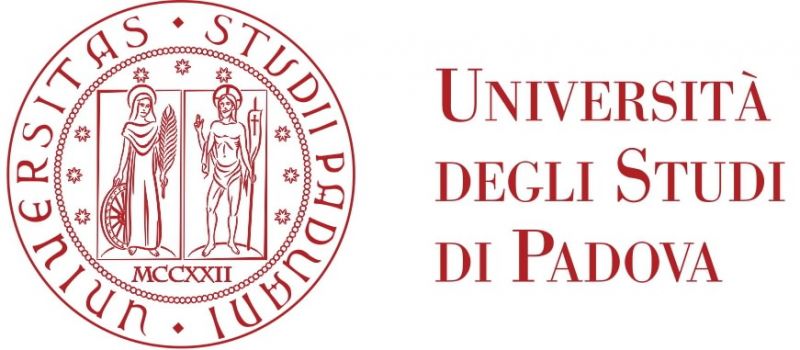

Biography
Giorgio Picci received the Dr. Engineerig degree (cum laude) in Electronic Engineering,
from the University of Padova, Italy, in July 1967. Since 1980 he is Professor with the Department of Information Engineering University of Padova, Padova, Italy.
Chair: Model Identification.
Previous Positions (in Italy):
November 1970--October 1975: Lecturer with the
Department of Statistics, University of Padova.
August 1973--October 1980: Researcher with
LADSEB-CNR, Laboratory of the National Research
Council, Padova, Italy.
November 1975--October 1980: Associate Professor,
Institute of Electrical and Electronic Engineering,
University of Padova .
Extramural Appointments:
February--October 1973: Visiting Assistant Professor, Division of Applied Math., Brown University, Providence, R.I. USA.
Spring Semester 1976: Visiting Scientist, Electronic Systems Laboratory, M.I.T., Cambridge, Massachussetts. USA.
Spring Semester 1980 and Fall Semester 1982: Visiting Associate Professor, Department of Mathematics, University of Kentucky, Lexington, Kentucky. USA
Academic Year 1986/87: Visiting Professor, Department of Electrical and Computer Engineering, Arizona State University, Tempe, Arizona, USA.
Fall Semester 1988: Distinguished Visiting Professor, Department of Electrical and Computer Engineering, Arizona State University, Tempe, Arizona, USA.
September-October 1994: Visiting Scholar, Dept of Applied Mathematics and Physics, Kyoto University, Kyoto, Japan. Academic year 1995/96: Visiting Professor, Department of System Science and Mathematics, Washington University, St. Louis, Missouri.
Many one-month appointments and shorter visits with the Division of Optimization and System Theory, Department of Mathematics, Royal Institute of Technology, Stockholm, Sweden 1985--present.
February 2003: Invited visiting professor at the Mittag-Leffler Institute, Stockholm, Sweden.
Professional Interests:
Professor Picci's most outstanding contribution has been in the area of modelling, realization and identification of Stochastic Systems. This research has made it possible to build a geometric framework for the study of Stochastic System centered around the idea of Markovian Splitting Subspace which is a natural probabilistic analog of the notion of state and state--space model in deterministic system theory. The geometric approach has led for the first time to the understanding of structural
properties of stochastic models like for example minimality which are important in applications, e.g. for characterizing the minimal dimension of estimation algorithms and solvability of various linear estimation problems.
The new geometric framework has led for example to an elegant new solution of a class of noncausal estimation problems and to elucidate the role of the family of all solutions of the Algebraic Riccati Equation in computation of the optimal noncausal estimator. It has also provided a unified theoretical background for the family of identification methods now known as subspace methods. Within this framework a unified analysis of these methods has been carried on leading for the first time to understand the common features of many seemingly unrelated algorithms proposed in the literature and to a transparent assessment of the statistical properties of these estimators.

